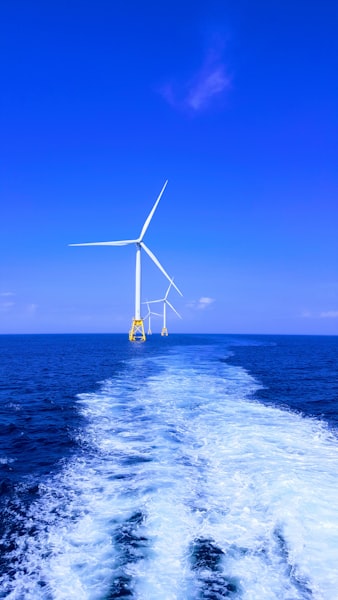
Exploring the Potential of Blue Hydrogen: Germany and Norway Discuss Renewable Energy Sources
German Environment Minister Robert Habeck is currently in Norway to discuss how the two countries can work together to develop renewable energy sources. Habeck is particularly interested in the potential of blue hydrogen, a type of hydrogen derived from water using renewable energy sources such as wind and solar power. The aim is for Norway to supply Germany with blue hydrogen by 2030. However, there are concerns about the use of CCS technology in the North Sea which could be necessary for this goal, and this debate could become more heated in the coming months.
Renewable Energy: A Sustainable Solution
Renewable energy is a clean, sustainable solution to our current energy needs. Renewable sources such as solar, wind, and hydropower are becoming increasingly popular due to their low environmental impact and cost-effectiveness. Renewable energy technologies also have the potential to create jobs and economic growth in communities that invest in them. By investing in renewable energy sources, we can reduce our dependence on fossil fuels and help create a more sustainable future for generations to come.You might also like this article: This is the title of test post. Picture source: Karsten Würth




